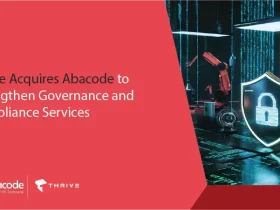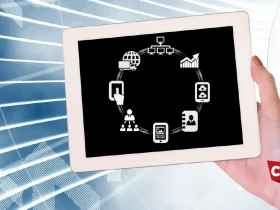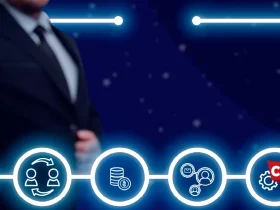Early and careful planning of all aspects of company recombination is essential to the creation of post-transaction value in Mergers & Acquisitions (M&As). Early planning and emphasis on team integration will result in more seamless operations after mergers and a higher likelihood of rapid success for organizations.
According to the 2022 M&A Trends Survey: The future of M&A by Deloitte, with 44% of executives considering restructuring over the next one year, Mergers & Acquisitions (M&As) and deal-making activity will continue to serve as a crucial tool for enterprises as they navigate an increasingly volatile economic landscape.
The seamless fusion and integration of the IT infrastructure is one element that is far too frequently ignored. Failure to develop an IT plan that successfully integrates IT systems after a merger might increase costs and reduce ROI, endangering the merger’s success.
Here are three crucial factors teams must keep in mind so that this IT consolidation goes successfully, as a rapid IT change can be difficult for any firm to manage.
Create a successful migration plan
It’s also crucial to ensure that teams can work well together and continue to produce during this quick change. Both sides in the situation probably have their own legacy systems, cloud computing programs, and collaboration tools. Establishing standardized software and tools for teamwork is crucial since regular work is still being done while this procedure is being implemented. A team’s productivity and success both before and after the shift might be undermined by lingering redundancies or uncertainty, which can lead to confusion and additional costs.
Staying organized and taking decisive action early on is crucial in ensuring success and shortening the time to value after the transaction. This will help firms avoid adding unnecessary and avoidable pressure to their organization during this process. Organizations should have a seamless process in place to merge IT infrastructures because the average number of cybersecurity attacks per company is rising. This will help with team onboarding as well as protect and securely transfer vital data.
Also Read: Four Steps for IT Experts Transitioning to an IT Leadership Role
Sellers must prepare for the buyer’s extensive due diligence study
Mergers & Acquisitions (M&As) frequently include a significant amount of due diligence on the part of the buyer. The buyer will want to make sure it is aware of everything it is buying and the obligations it is taking on before committing to the transaction, including the kind and scope of the selling company’s contingent liabilities, problematic contracts, litigation risk, intellectual property concerns, and much more. This holds especially true when buying a private company because the seller has not been subject to the examination of the public markets, and the buyer has limited access to the information it needs from the public domain.
The strict due diligence procedures that sophisticated strategic and private equity bidders often follow comprise an extensive and in-depth research of the selling firm by numerous buyer employees and advisory teams.
Selling businesses need to be aware that filling an online data room will take a lot of time and commitment from valuable corporate resources. Although many privately owned businesses use online data rooms for funding rounds as well, a potential M&A acquisition will require far more information and documents to be put into the data room.
Also Read: Four Strategies for IT Leaders to Leverage Real-time Analytics to its Full Extent
Review existing systems
Companies must get a clear and thorough understanding of the IT operations of the competitors before moving forward with any plan of action. Even if the own firm performs thorough cyber due diligence, it might only have a cursory knowledge of the digital portfolio of the competing company. After the transaction, businesses will need to take a closer look at the IT infrastructures of both organizations in order to comprehend and appropriately align the data volume, licensing requirements, and important workloads of both organizations.
Companies must think about which tenants to keep when analyzing each system. Does the destination tenant have the same equipment and authorized licenses as the source tenant, and what workloads are employees currently using at both businesses?



























